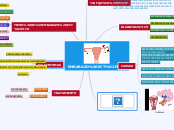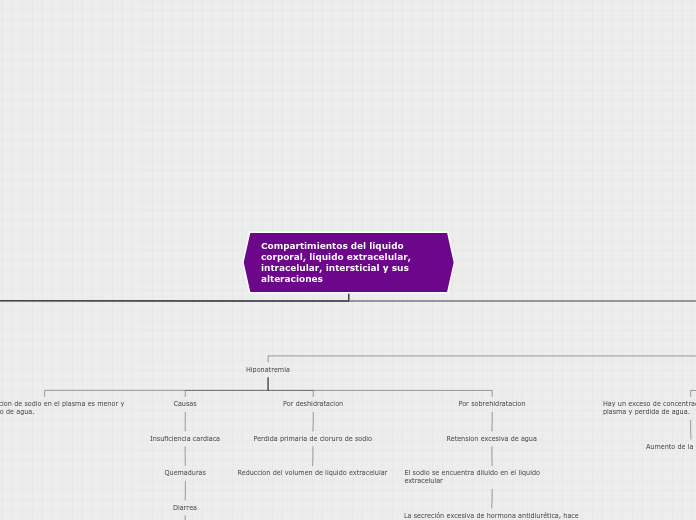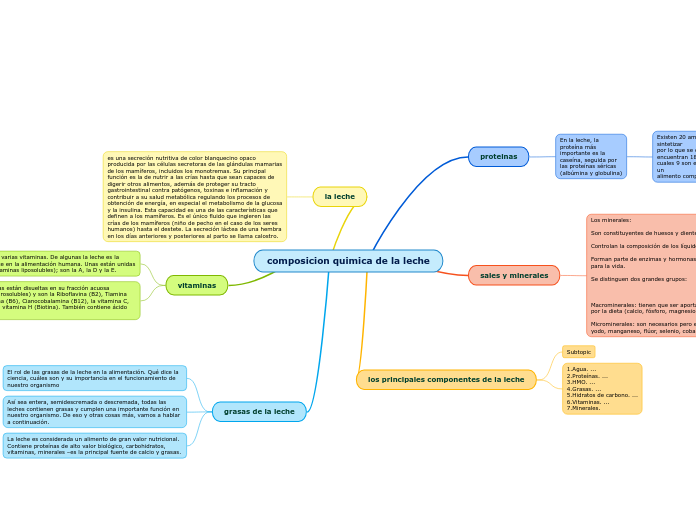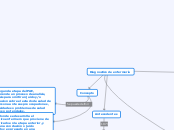LA DESNUTRICIÓN INFANTIL EN EL PERÚ
Seek to understand how this civilization had evolved into becoming one of the most powerful in history.
Learn about Greek scientific breakthroughs, great battles, and mysterious stories with gods and goddesses.
FACTORES Y SÍNTOMAS
Greek Mythology was part of the religion in Ancient Greece and it included all the myths and teachings of their gods, the origins of the world and the Greek cult and ritual practices.
SÍNTOMAS
Uñas son muy delgadas y frágiles.
Cabello es seco, quebradizo, pajizo, se desprende con facilidad.
Desnutrición severa: dedos de las manos y los pies muy fríos y azulados (trastornos circulatorios).
Fisuras en los párpados, labios, pliegues de codos y rodillas.
Piel luce seca, áspera con escamas.
Alteración en el desarrollo del lenguaje.
Alteración en el desarrollo motor.
Déficit del peso y estatura que se espera para la edad.
Titans in Ancient Greece were the elder gods that ruled the world before the Olympians.
They were ruled by Cronus, who was dethroned by his own son, Zeus.
List the most significant titans.
FACTORES
Factores ambientales
Apollo son of Zeus and Letto was the god of the sun, truth, music, poetry, dance, and healing.
Baja productividad.
Familias que no se lavan las manos antes de preparar e ingerir los alimentos.
Familias no hierven el agua y no cubren los alimentos.
Factores sociales y económicos
Hera was the wife of Zeus.
She was the patron of weddings and marriage. Her jealousy is well-known throughout history because she used to take awful revenge on Zeus' lovers and illegitimate children.
Insuficiente inversión social.
Pobreza.
Uso inadecuado de suplementes de la leche.
Priorización poco acentuada en los grupos más vulnerables.
Alimentación complementario temprana o muy tardía.
Abandono de lactancia materna.
Factores biológicos y dietéticos
Also, called the 'cloud-gatherer' and 'thunderer' by the Greek poet Hesiod, Zeus was the supreme ruler of the Olympian gods. He controlled the weather, and every time lightning struck, people thought it was a sign from Zeus.
El niño tiene infecciones como: gastroenteritis y parasitosis.
Diesta inadecuada.
Mala nutrición materna e infecciones recurrentes durante el embarazo.
CLASIFICACIÓN
Most important battles in Ancient Greece
Already internally warring, Ancient Greece has fought many battles with external enemies, but four of them were extremely significant: Battle of Marathon (490 B.C.), Battle of Salamis (480 B.C.), Battle of Thermopylae (480 B.C.), and Battle of Chaeronea (338 B.C.).
POR GRADOS
TERCER GRADO
Se caracteriza por la exageración de todos los síntomas mencionados anteriormente.
Es el grado con mayor gravedad debido a que el infante a entrado a una fase negativa donde su organismo presenta un desequilibrio el cual no deja que asimile los nutrientes que puede llegar a ingerir.
SEGUNDO GRADO
Contrae resfriados e infecciones con facilidad.
Los niños no crecen ni suben de peso, no tiene fuerza y se sienten débiles, algunos presentan trastornos digestivos y diarrea.
Los músculos se vuelven flácidos.
Leader of the enemy army
Who led the enemy army in the Battle of Thermopylae? Type in the answer.
26 al 40% p/p.
Leader of the Greek army
Who led the Greek army in the Battle of Thermopylae? Type in the answer.
PRIMER GRADO
Si el afectado es un bebe llora mucho y si el niño es mayor no puede realizar actividades como juga porque no tiene fuerza.
El infante no sube de peso posterior a ello detiene su crecimiento.
10 a 25% p/p.
Who was the enemy against which the Greeks fought at Thermopylae?
Type in the answer.
DESNUTRICIÓN CRÓNICA
Predominan
Los glúteos severamente reducidos, los omóplatos salientes, el pecho es pequeño, el abdomen se encuentra distendido. En los brazos y las piernas los huesos se hacen visibles y aparecen cubiertos por una delgada capa de piel arrugada, el rostro adquiere la apariencia de viejo.
Ocasionada por
Puede presentarse a cualquier edad, es más frecuente que aparezca durante el primer año de vida.
Leader of the enemy army
Who led the army against the Greeks in the Battle of Salamis? Type in the answer.
Una alimentación pobre tanto en proteínas como en contenido energético; pero predomina la deficiencia calórica.
Leader of the Greek army
Who led the Greek army in the Battle of Salamis? Type in the answer.
MARASMO
Who was the enemy against which the Greeks fought at Salamis?
Type in the answer.
DESNUTRICIÓN AGUDA
El infante
Posee debilidad muscular
Think of any interesting facts related to this battle, or figures related to soldiers, casualties, etc.
Type them in.
La prominencia del abdomen
Se debe a la combinación de retención de líquidos, músculos atrofiados y aumento de tamaño del hígado.
Which army won the battle?
Type in the answer.
Se da cuando
La dieta es deficiente de proteínas, sin embargo el aporte energético es el adecuado.
Leader of the Greek army
Who led the Greek army in the Battle of Marathon?
Type in the answer.
Conocida como
KWASHIORKOR.
Topic principal
LA DESNUTRICIÓN
Factor III
AMBIENTAL
Discoveries of Aristotle of Stagira (384 - 322 B.C.)
Greek philosopher and scientist, Aristotle is considered to be the first genuine scientist in history, according to Encyclopaedia Britannica.
Type in his most important discoveries.
Factor II
SOCIALES Y ECONÓMICOS
Discoveries of Hippocrates of Cos (460 - 370 B.C.)
Hippocrates of Cos is among the most remarkable figures in the history of medicine, also being referred to as the 'father of western medicine'.
What were his main discoveries? Type them in.
Factor l
BIOLÓGICOS Y DIETÉTICOS
Discoveries of Anaxagoras of Clazomenae (510 - 428 B.C.)
Anaxagoras was the one who brought philosophy from Ionia to Athens. He is famous for his contributions to astronomy. Type in his most important discoveries.
¿Qué es?
La Organización mundial de la salud (OMS) define la desnutrición como: El desequilibrio celular entre el suministro de nutrientes y la energía, y la demanda del cuerpo para que puedan garantizar el crecimiento, mantenimiento y funciones específicas.
Discoveries of Thales of Miletus (620 - 546 B.C.)
Thales of Miletus was one of the Seven Wise Men of Greece, a prolific philosopher, geometer, military engineer, and astronomer. Type in the most important discoveries made by him.









